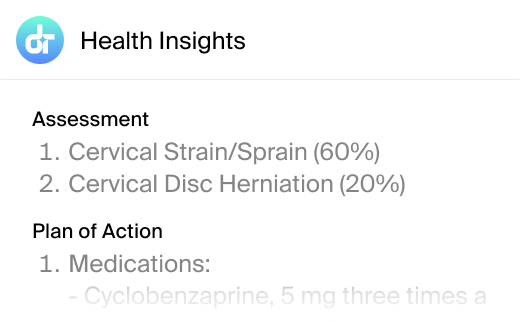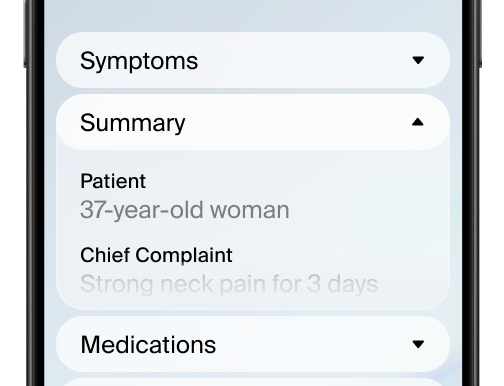Contents
-
First-Line Treatments
-
When MRSA is a Concern
-
Intravenous Options
-
Dealing with Allergies
Antibiotics for Cellulitis: Choosing the Right Treatment
Antibiotics for Cellulitis: Choosing the Right Treatment
Why It Matters
Selecting the right antibiotic for cellulitis is crucial for effective treatment and preventing complications. Understanding the options can help you make informed decisions with your healthcare provider.
Contents
-
First-Line Treatments
-
When MRSA is a Concern
-
Intravenous Options
-
Dealing with Allergies
First-Line Treatments
For most cases of cellulitis, doctors prescribe antibiotics that target the most common bacteria causing the infection. These typically include penicillin-based drugs like dicloxacillin or flucloxacillin, or cephalosporins like cephalexin. These medications are usually taken orally for 5-14 days, depending on the severity of the infection.
When MRSA is a Concern
If there's a risk of methicillin-resistant Staphylococcus aureus (MRSA), different antibiotics may be prescribed. These might include trimethoprim-sulfamethoxazole, doxycycline combined with another antibiotic, or in some cases, linezolid. Your doctor will assess your risk factors for MRSA before choosing the most appropriate treatment.
Intravenous Options
Severe cases of cellulitis may require hospitalization and intravenous (IV) antibiotics. Common IV options include vancomycin, which is effective against MRSA, or beta-lactam antibiotics like cefazolin or nafcillin. Once the infection starts to improve, patients can often switch to oral antibiotics to complete their treatment course.
Dealing with Allergies
For patients with penicillin allergies, alternative antibiotics are available. These might include clindamycin or macrolides like erythromycin. However, it's important to note that many people who think they're allergic to penicillin actually aren't, and can safely take these medications after proper testing.
FAQs
How long do I need to take antibiotics?
Typically 5-14 days, depending on the severity and response.
Can I stop when I feel better?
No, always complete the full course as prescribed.
Are there side effects?
Common ones include nausea, diarrhea, and rash.
What if antibiotics don't work?
Your doctor may change the antibiotic or investigate further.
Can I drink alcohol while on antibiotics?
It's best to avoid alcohol during antibiotic treatment.
Key Takeaways
The right antibiotic choice for cellulitis depends on various factors, including severity, location, and potential resistant bacteria.
Additional References
-
Stevens DL, et al. Practice guidelines for the diagnosis and management of skin and soft tissue infections: 2014 update by the Infectious Diseases Society of America. Clin Infect Dis. 2014;59(2):e10-e52.
-
Liu C, et al. Clinical practice guidelines by the Infectious Diseases Society of America for the treatment of methicillin-resistant Staphylococcus aureus infections in adults and children. Clin Infect Dis. 2011;52(3):e18-e55.
This article has been reviewed for accuracy by one of the licensed medical doctors working for Doctronic.












